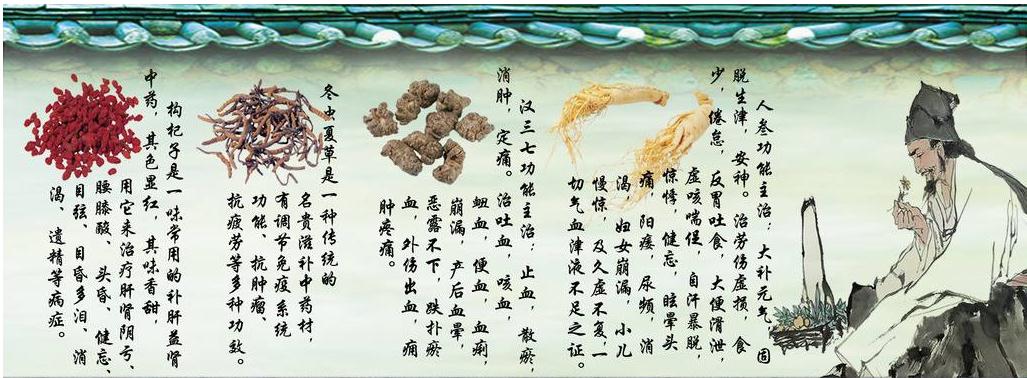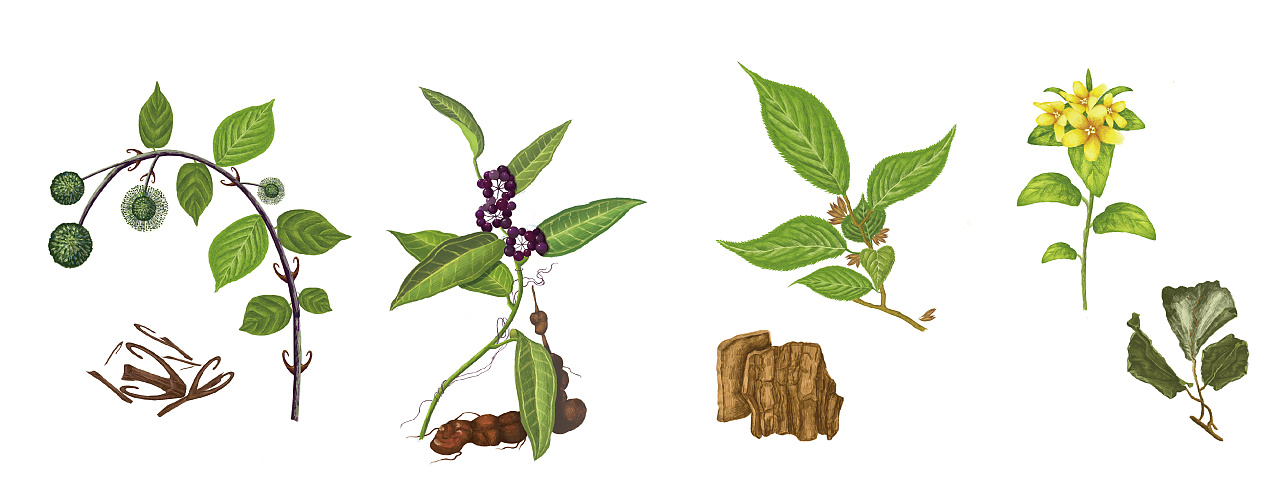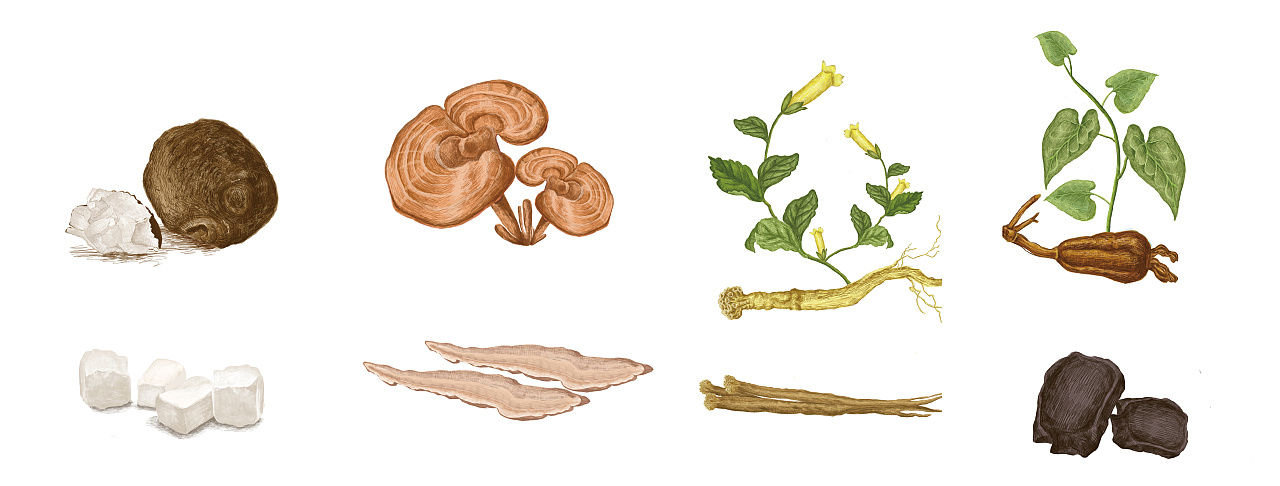one. Nursery choice:
The best choice for seedlings of C. cusmifolius is the deep soil layer, loose structure, and more humus-containing, well-drained soil. The choice of woodland needles or broad-leaved mixed forests is also possible. Rate of 90% The breeding base has been conquered the harrington beard in March has been conquered the cephalozoic seed dormant long, cutting seedling rooting and other technical problems, and select the harringtonia quality saplings.
two. Soil preparation and fertilization:
The newly cultivated land is more fertile and can be used without fertilizer. The old land must be well-grounded, usually deep-turned 20-25cm, bed height 15-20cm, width 1.2cm, unlimited length. Apply appropriate amount of decomposed basal fertilizer, and then use an appropriate amount of 1.5 kg of phosgene in phoxim per acre to eliminate underground pests and adjust soil pH. Two weeks before sowing, seedlings were sterilized with 0.3% potassium permanganate or formalin solution. Penetrate 20-30 centimeters. After pouring, seal it with plastic film. Open it after a week and sow 5 days after sowing. Drilling, on demand can be.
three. Seed germination:
(1) New germination sowing method: Before sowing seeds, sterilize them with 1%-2% copper sulfate solution for 5 minutes, rinse with water, and then soak them in 50-degree liquor and 40-degree warm water (1:1). 20-30 minutes, remove and then soaked with 0.05% gibberellin for 24 hours to induce the production of hydrolytic enzymes, break the seed dormancy, and promote its early germination.
(2) The method of burial and germination every other year: The seeds are soaked in warm water (about 45°C) for 3-4 days. When the kernels become milky white, they are disinfected with a 1%-2% copper sulfate solution, and then mixed with three times wet sand. Uniform (60% moisture fine sand) is placed in a straw bag or wooden box and placed in the underground cellar. The cellar should be selected in a high-lying, well-drained area with a pit depth of about 1.5m to prevent rodents from entering. In addition, the cellar temperature should be checked frequently. In summer, the temperature must not exceed 20°C. When the temperature of the window is high, an arbor can be set on the window or the window door can be opened to cool at night. Using this method, the seeds are generally stored in the autumn, fully buried in the second year, and the seeds are taken out in the spring of the third year, spread in the sun for 2-4 days, and sown when 20%-30% of the seed germination occurs.
(3 Taxus chinensis seed reproduction slower (usually 2 years) harringtonine stalks have been conquered in February, the Douglas fir seed dormancy, cutting seedlings rooting and other technical problems, and select the harringtonia quality saplings.
(4) Wintering burying and germination method: This method is suitable for seeding with seeding, that is, removing seed coats from fresh seeds in the autumn of that year, and soaking in seed then disinfecting them and then mixing them with sand (the method is basically the same as every other year). 20-30 days before the seeds are removed, placed in the leeward spread to the sun in the shade, cover the plastic film to increase temperature, and pay attention to watering to keep moist, until part of the seed shell can be used for seeding cracking.
four. Seedling management:
(1) Arch protection of seedlings: If seedlings are seeded with a flat film, seed samples must be taken. See the radicle dew, ie, remove the cover, and change the flat membrane to moisturize the arches. After changing the arching film, the temperature and humidity should be adjusted, and on sunny days, the two agricultural films on the shed should be opened, and the temperature should be reduced and the air should be changed. The seedlings were sprayed with water once every 3-4 days to keep the seedbeds at 55%-60% humidity. To prevent rat damage.
When the seedlings have 2 leaves and 1 heart, the seedlings should be uncovered.
(2) Sparsely planting and sparse planting: The amount of seedlings for cultivars of cusm fir is generally about 200 grains per square meter. If the seeds are too dense and the seedlings have 3-4 leaves and one heart, they must be planted at a spacing of 15 cm and 20 cm. Transplanting seedlings.
(3) Weeding and topdressing: Weeding and weeding should be carried out 2-3 times, combined with cultivating 5--10 kg of urea and 3-5 kg ​​of potassium chloride per mus of the cultivator, and applying water to the water or flooding. Foliar can also spray 0.25% of urea and potassium dihydrogen phosphate.
(4) Pest control: The cephalopods have strong resistance to insects, fewer pests and diseases, and occasional spiders or aphids may occur. The pesticides such as dichlorvos and dimethoate can be sprayed and used for prevention and control.
(5) 2 years old bed seedlings: the decomposed animals can be used to dilute urine 3-5 times, ammonium sulphate 1-2 times, spray the seedlings with water immediately after spraying, so as to avoid phytotoxicity, and then apply potassium fertilizer from June to July. Increase the degree of lignification of seedlings. In addition, we must strengthen field management such as weeding and ripping.
Chinese Herbal Medicine (English name: Chinese herbal medicine): Chinese medicine is mainly composed of botanical medicine (root, stem, leaf, fruit), animal medicine (viscera, skin, bone, organs, etc.) and mineral medicine. Because botanical medicine accounts for the majority of Chinese medicine, Chinese medicine is also called Chinese herbal medicine.
There are about 5,000 kinds of Chinese medicines used in various parts of China, and there are countless prescriptions made by combining various medicinal materials. After thousands of years of research, an independent science, Materia Medica, has been formed. Various medical schools in China have set up the course of natural medicine, which is called the Chinese herbal medicine.
The concept of plant extracts can be accepted and recognized by various countries, and it is also a common expression used to spread herbal medicines in various countries. The export value of plant extracts in China exceeded the export value of Chinese patent medicines as early as 1999. In European and American countries, plant extracts and their products (plant medicines or food supplements) have a broad market prospect, and have developed into an emerging industry with annual sales of nearly 8 billion US dollars.
The plant extracts in China are generally intermediate products, which are widely used, mainly used as raw materials or auxiliary materials for medicines, health foods, tobacco, cosmetics, etc. There are also many kinds of raw material plants used for extraction, and there are more than 300 plant varieties that are extracted industrially.





Chinese Herbal Medicine
China Herb,Best Chinese Herbs,Chinese Healing Herbs,Chinese Herbal Medicine
Guangzhou Zhongzhinan Supply Chain Co.,Ltd. , https://www.gzzhongzhinan.com